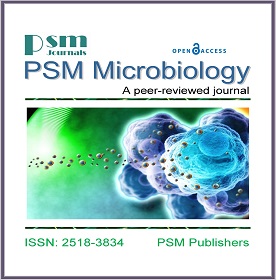Fish as a Potential Source of Parasites of Public Health Importance in El-Minia Governorate, Egypt
Keywords:
Clarias lazera, Tilapia nilotica, metacercariae, public health, fresh water fish.Abstract
This study was conducted to estimate the infection with larval helminth parasites of freshwater fishes. For this purpose, a total of 200 freshwater fish of different body weights represented as 100 Clarias lazera and 100 Tilapia nilotica were collected randomly, from May 2017 to April 2018 from fish markets in El Minia city. The overall incidence of metacercariae infestation (60%) was significantly higher in C. lazera 70.0%, than T. nilotica 50.0%, while the incidence of infestation with 3rd larvae of Contracaecum sp. was found significantly higher in C. lazera 20.0% than in T. nilotica 5.0% at (P? 0.05). Three types of encysted metacercariae were detected in T. nilotica namely metacercaria of Prohemistomum vivax, Clinostomum phalacrocoracis and Haplorchis species, while P. vivax was found only in C. lazera. It was observed that the highest distribution percentage of the metacercariae in the tail region in both fish species with a percent of (50%) in T. nilotica but with (57%) in C. lazera and it was absent in the head region. Seasonally; the highest incidence with metacercariae in T. nilotica was found in summer and spring which was 65% and 60% respectively. The lowest incidence was found in winter (28%), but in C. lazera, the highest incidence was found in summer (87%) and spring (66%), while the lowest incidence was found in winter (38%). The 3rd larvae of Contracaecum were found in T. nilotica during summer (12.5%) and in C. lazera during summer (37.5%) and spring (16.6%). The higher incidence of parasites in fish represents the potential public health risk, therefore public awareness creation activities should be conducted on the zoonotic nature of fish parasites and danger of consumption of raw or undercooked fish.
Downloads
Published
How to Cite
Issue
Section
License
Copyright (c) 2019 PSM

This work is licensed under a Creative Commons Attribution-NonCommercial 4.0 International License.




